There is a Cuba that is not often seen; a part of the country that is usually hidden. Outside the spotlights of tourist postcards, there are realities that the public eye has rarely seen. But luckily, some curious people can find them and show them.
David Estrada has captured scenes like this, whether in the mountains or on the coast. In places where life seems to take place in slow motion.
Photography has been his way of making himself understood, his way of speaking, of opening up to the world, of explaining phenomena that concern him, of overcoming shyness.
Behind every shot, sensitivity. “It makes me very happy to think that these people tell me their story, their way of life, and that I show it so that others know what is happening in other places, that there is something beyond what we live,” he said in an interview with OnCuba.

The 30-year-old began taking up photography in 2017 to better explain what he observed during his fieldwork as a biology student at the University of Havana. His father gave him his first camera and the Botanical Garden was his first setting.
Since then, his photographic gaze has changed. He maintains an interest in nature, but he is passionate about showing human beings in their environment, how they get by, and the stories that arise from that interaction.
Moments of reality
The pandemic gave David his first foray into documentary photography, which sparked his interest in the ability to synthesize a lot in a single shot. He discovered the work of Cuban photographer Raúl Corrales and saw in him a reference.
His first job as a documentary filmmaker was to tell the experiences of a group of medical students who were doing research in the Alta Habana neighborhood.
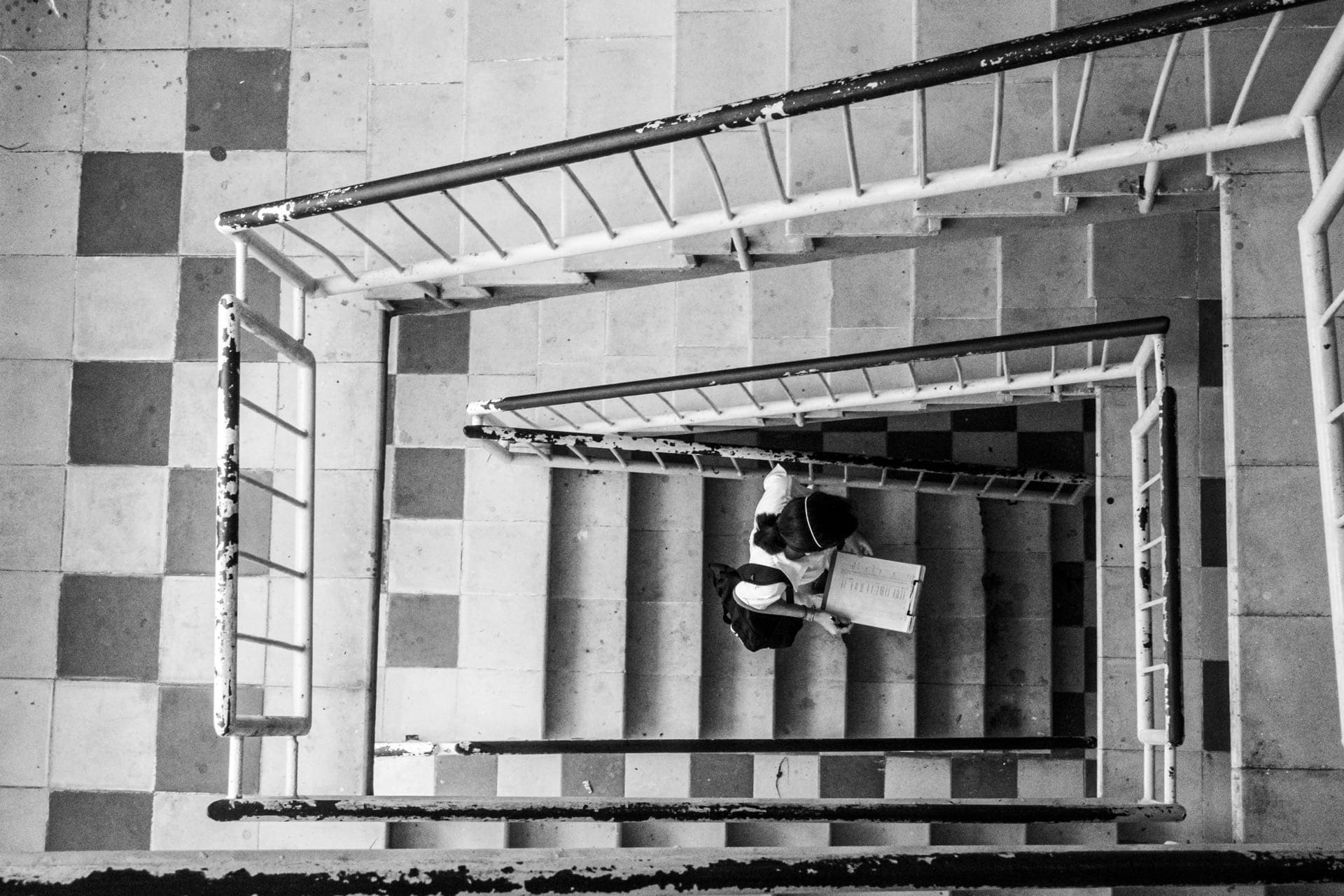
“What works for me is being part of the issue. I went with them; of course, I didn’t knock on doors or ask questions. Sometimes I didn’t take photos. It was the simple fact of being there and seeing, asking them about their work, understanding what they did,” is how he described the way he achieved this photographic series, a finalist in a contest launched by Harvard University.
Since then, in each documentary experience, he does the same: “I can’t go as a spectator, because I would stay on the surface.” Thus, he has entered and camouflaged himself among the locals, which, according to him, has allowed him to tell what happens more accurately.
“Most of the time the stories come to me. One of the most beautiful ones I have found was in a school in Los Lagiajes, Tercer Frente, in Santiago de Cuba. There is only one student and one teacher at that school.”
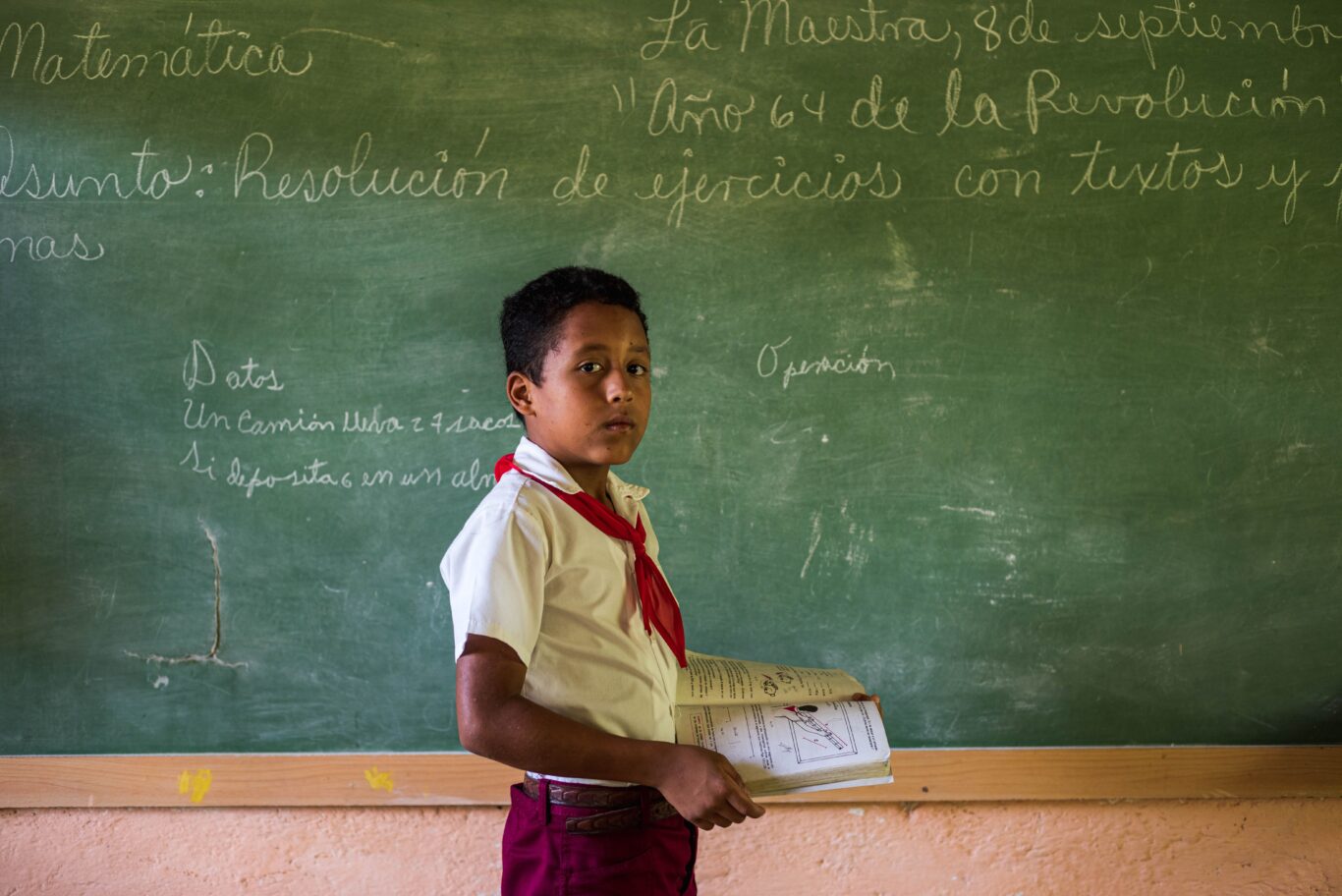
“I was there doing a project on coffee production, and I was surprised when I discovered the school. I spoke with them. This teacher travels every day to teach at the only school that historically existed in the area, in the La Maestra community. The child was the son of a coffee worker,” he said.
Estrada explains that in addition to authentic experiences, he shows social problems that are hidden behind each place or person.
“What has left the biggest impression on me are the inhabitants of towns near the sea, in danger of flooding. I was in Tunas de Zaza and Médano, in Sancti Spíritus, where they have to evacuate three or four times a year. But they are there, they live there.
“There are plans to move them to safe places. But sometimes it doesn’t work like that. Because they move them to places that have nothing to do with their way of life. Imagine that your great-grandfather, grandfather, father, and you are used to living off the sea, and suddenly you are relocated 20 kilometers from the coast. It changes a person’s culture. That is why they return,” he said.
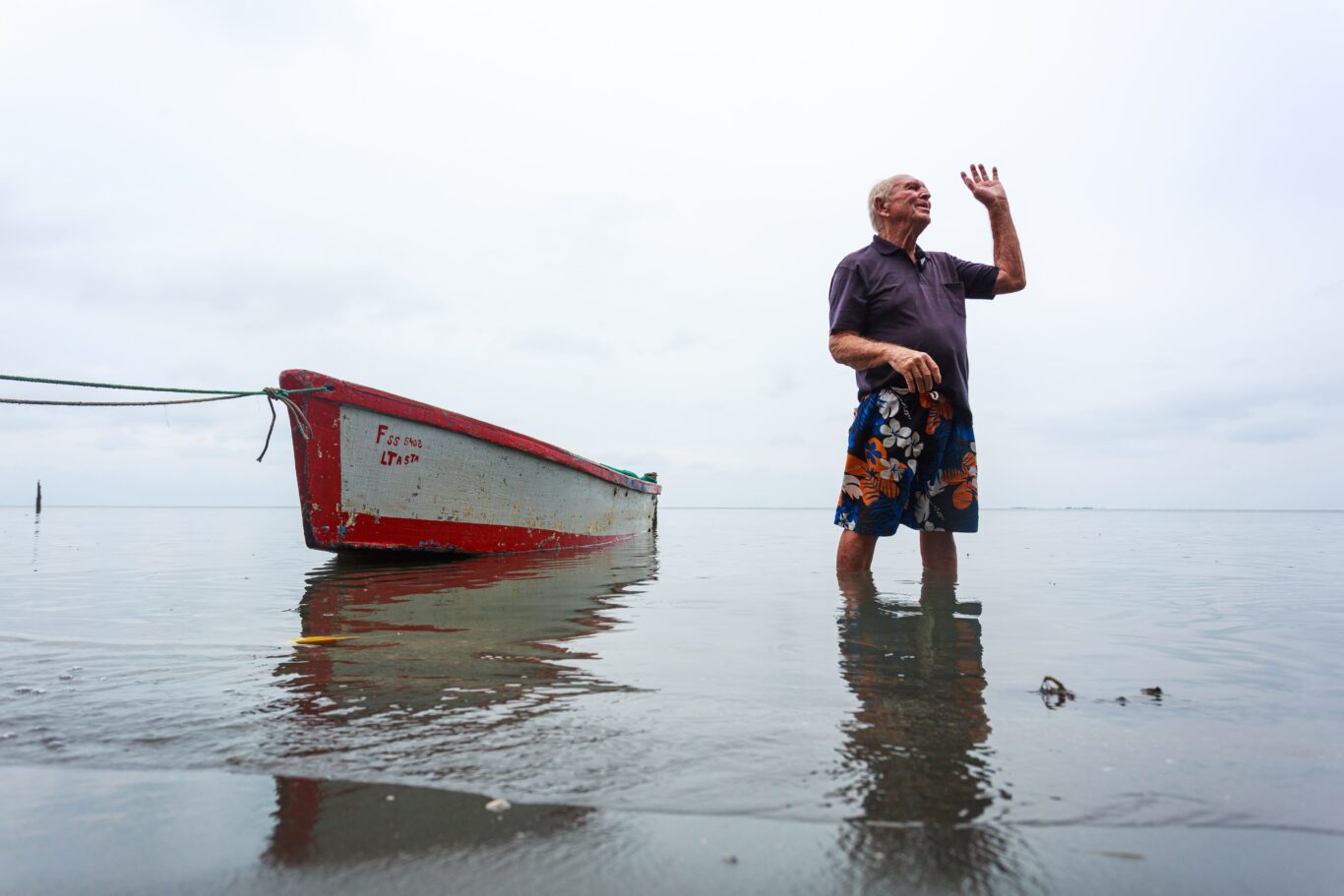
Another reality that impacted him was finding ghost towns in the mountainous areas.
“Internal migration exists. People are not working in the fields. I have found, for example, practically empty towns, with very nice little houses in the middle of the mountains. People, mostly young people, had to leave due to a lack of opportunities. The elderly remain. Everything is more difficult there, medical care, access to the basic food basket, transportation….
“All of that, in a certain way, affects you. It influences your work, the way you photograph, the way you write,” he says.
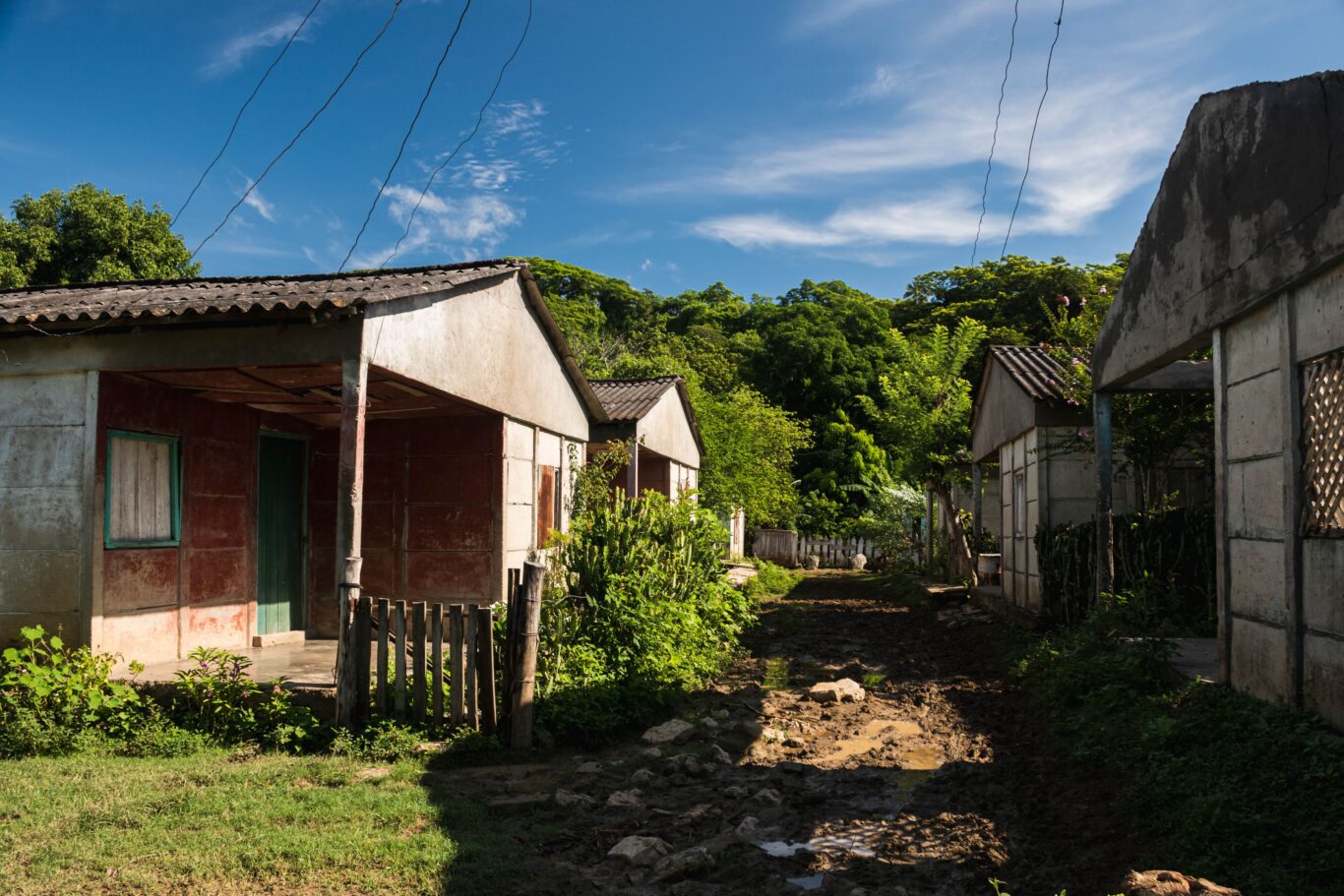
Trip around Cuba in seven weeks
David, who works at the audiovisual production company Naturaleza Secreta, was part of the team that went around the island in 2023 with the scientific project Bojeo a Cuba.
“It was seven weeks of traveling, getting to know, working non-stop every day since June. I had the opportunity to get to know people, places, to set goals. It was spectacular and demanding because many people were living these experiences through me,” he commented.
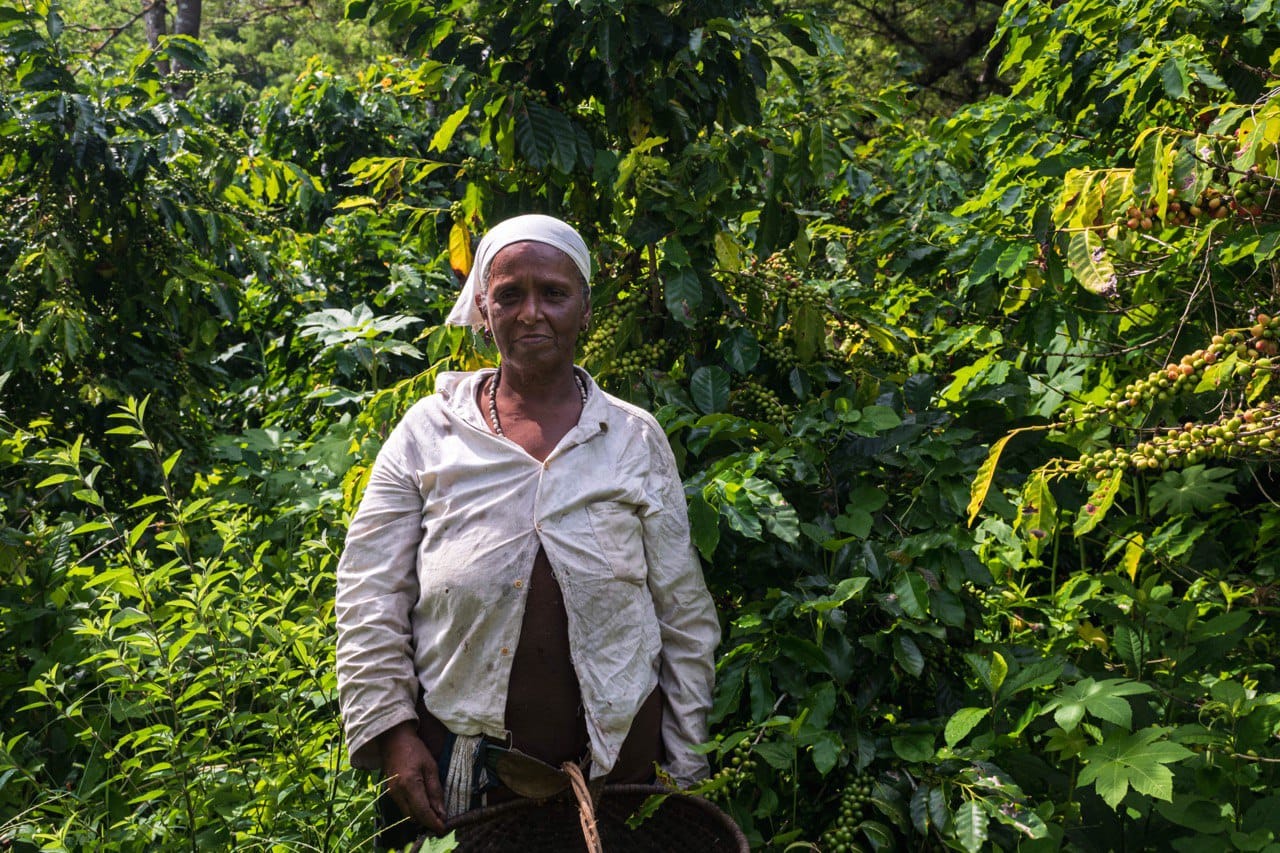
“In one of the interviews, they asked me about the secret nature of Cuba and I answered that the true secret nature of the country is in the people, because wherever we go, in those coastal towns, there was an enormous cultural wealth.”
For David Estrada, these were immersive experiences, of camouflaging himself among the inhabitants to find their most authentic side better. “I have opened myself to new knowledge, new emotions,” he said.

David’s experience in documentary photography has changed his life. Normally, he would go unnoticed. He is very shy. He hardly speaks. But he has surprised himself by entering the homes of strangers, investigating, photographing them, feeling part of their reality.
“It has made me change my tastes a lot. From what I wanted before to what I want now. My projection towards life.”










